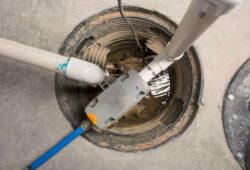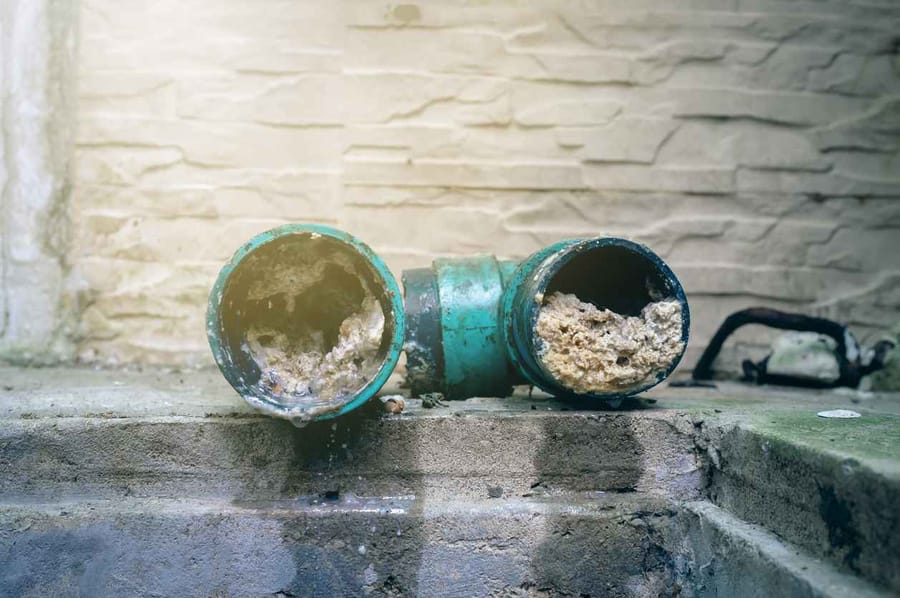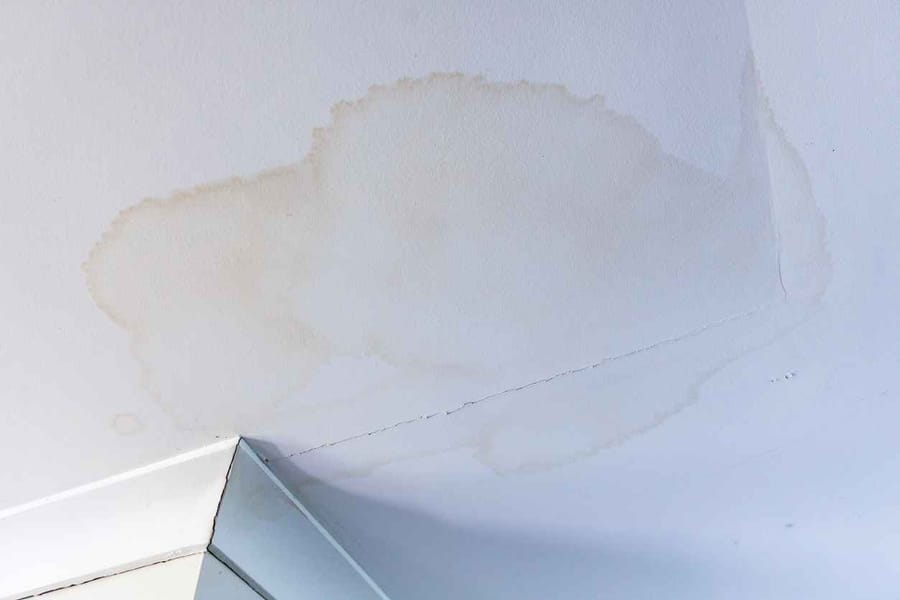
What is a Sump Pump?

If you’ve ever walked into a wet basement, you know just how stressful water damage can be. From ruined belongings to expensive repairs, even a small amount of flooding can turn into a big problem fast. That’s where a sump pump comes in—it’s one of the best defenses a home can have against water intrusion. Whether from heavy rain, plumbing issues, or rising groundwater, a sump pump is designed to keep your lowest level dry and protected.
In this blog, we’ll explain exactly what a sump pump is, how it works, and why it’s such an important system for homes with basements or crawl spaces. If you’ve never heard of one—or you’re wondering if your home needs one—you’re in the right place.
What Exactly is a Sump Pump?
A sump pump is a small but powerful device that helps protect your home from flooding and water damage. It’s typically installed in the lowest part of your basement or crawl space, where it sits inside a specially constructed pit called a sump basin. When water from rain, groundwater, or plumbing leaks collects in that area, the sump pump kicks into action.
The pump’s main job is simple: remove excess water before it causes damage. As the water level in the pit rises, the pump automatically turns on and pumps the water out and away from your home’s foundation, usually through a discharge pipe that leads to a safe drainage area.
Sump pumps are especially important in homes that:
- Are built in low-lying or flood-prone areas
- Have basements or crawl spaces that collect water
- Have experienced leaks or flooding in the past
- Want added protection against mold, mildew, and structural damage
In short, a sump pump is your home’s last line of defense when water tries to get in.
How Does a Sump Pump Work?
Though small in size, a sump pump plays a huge role in protecting your home from water damage. It works automatically, turning on when water reaches a certain level and moving it safely away from your foundation.
The Components of a Sump Pump System
To understand how it all comes together, here are the key parts of a sump pump setup:
- Sump Basin: A pit dug at the lowest point of your basement or crawl space where water collects.
- Pump Unit: This can be either submersible (placed in the basin) or pedestal-style (mounted above the basin).
- Float Switch: This detects the water level and activates the pump when needed.
- Discharge Pipe: Carries water from the pump out and away from your home—usually to a storm drain or dry well.
Step-by-Step Process
- Water enters the sump pit from drains or through natural groundwater movement.
- As the water level rises, the float switch is triggered.
- The pump activates, drawing water up and out through the discharge pipe.
- The water is expelled safely away from your home’s foundation, preventing flooding and moisture damage.
- Once the water level drops, the pump automatically shuts off until it’s needed again.
This automatic system runs quietly in the background, giving you peace of mind even during storms or plumbing leaks.
Why Homeowners Need a Sump Pump
A sump pump isn’t just a convenience—it’s a vital piece of protection for your home, especially if you have a basement, crawl space, or live in an area prone to heavy rain or high water tables. Here’s why investing in a sump pump makes sense:
- Prevents Basement Flooding: The most obvious and important reason. When water starts to rise, a sump pump removes it before it can pool on your floors or damage your belongings.
- Stops Mold and Mildew Growth: Damp environments are a breeding ground for mold, which can harm indoor air quality and your family’s health. A sump pump helps keep the area dry.
- Protects Your Foundation: Excess moisture around your foundation can lead to cracks, shifting, or long-term structural damage.
- Reduces the Risk of Water Damage: Water can ruin flooring, insulation, drywall, and even your home’s electrical systems. A sump pump lowers that risk dramatically.
- Lowers Insurance Claims and Costs: Preventing a flood in the first place often means avoiding costly insurance claims, deductibles, and premium increases.
- Offers Peace of Mind: Whether you’re at home or away during a storm, you’ll know your home is protected by a system that works automatically.
If your home has ever had water intrusion—or if you simply want to protect it from future issues—a sump pump is a smart, proactive solution.
When to Call a Professional for Sump Pump Help
While some sump pump maintenance can be handled by handy homeowners, there are several situations where calling a professional plumber is the best choice. The last thing you want is for your pump to fail during a storm or flood event.
Here’s when to bring in the pros from Brian B. Quick Plumbing:
- You’re not sure if you need a sump pump: A plumber can inspect your home and determine if your basement or crawl space is at risk of flooding.
- The pump won’t turn on or is making strange noises: Grinding, rattling, or humming could signal a mechanical issue or blockage.
- Your pump runs constantly or not at all: This could mean a problem with the float switch, power supply, or motor.
- There’s visible moisture, water stains, or pooling in your basement: These are signs your current system isn’t doing its job—or you need a system installed.
- You want to add a battery backup system: Backups keep your pump working during power outages, which often happen during storms.
- It’s been more than a year since your last inspection: Regular maintenance ensures your system is ready when you need it most.
A professional plumber will not only diagnose and fix problems but also ensure your sump pump is properly installed and ready for long-term use.
Stay Dry and Protected with a Reliable Sump Pump
A sump pump might not be something you think about every day—but when water starts to rise, it quickly becomes one of the most important systems in your home. Whether you’re trying to prevent basement flooding, reduce humidity, or avoid expensive water damage, a well-installed and well-maintained sump pump can give you serious peace of mind.
From understanding how it works to choosing the right type and knowing when to call for help, taking control of your home’s flood protection is easier than you think.
If you’re ready to protect your basement—or if your sump pump needs service—contact Brian B. Quick Plumbing today. Our team offers expert sump pump installation, repair, and maintenance to keep your home safe and dry.


Excellent Plumbing Maintenance

Recent Posts
Contact Us
for Your Home Improvement Needs
Home Improvement Contact
Why Choose Brian B. Quick?
We Provide Excellent Customer Service and High-Quality Products for Lasting Results
- Family-owned and operated
- 4th Generation Master Plumbers
- Licensed and certified
- Upfront and fair pricing
- Open 24/7
- No travel or overtime fees
- Recognized by BBB, Angi, and PHCC


Serving the Washington Metropolitan Area: Potomac, Beltsville, Silver Spring, Washington, DC and Bowie
Serving the Baltimore Metropolitan Area: Gaithersburg, Germantown, Rockville, Baltimore, Ellicott City, Glen Burnie, Columbia, Towson, Dundalk, Pikesville, Middle River, Odenton, and more!



